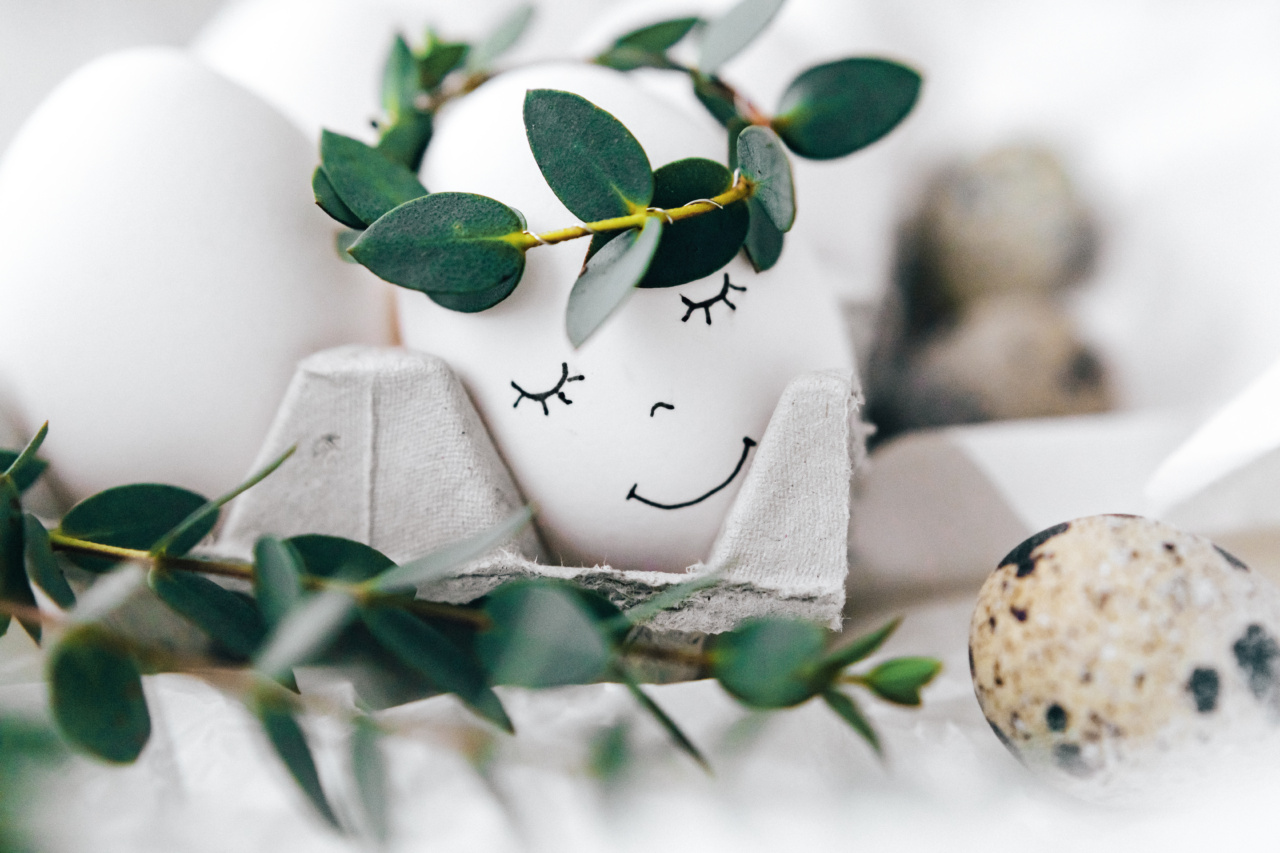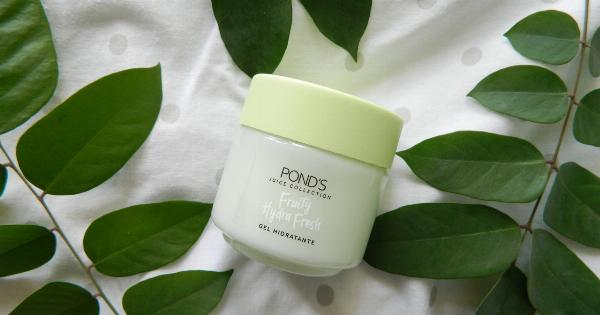Cleansing the face is an essential part of skincare routine. While there are countless cleansers available in the market, sometimes it’s nice to opt for something natural and homemade. Handmade herbal emulsions can be a great alternative.
In this article, we will explore how to create a nourishing and effective herbal emulsion for cleansing your face. Say goodbye to harsh chemicals and hello to glowing, healthy skin!.
The Benefits of Herbal Emulsions
Herbal emulsions offer a plethora of benefits for the skin. They are made from natural ingredients that are gentle and safe, with minimal side effects. Some of the key benefits of using a handmade herbal emulsion for cleansing your face include:.
1. Gentle and Non-Irritating
Unlike commercial cleansers that may contain harsh chemicals and artificial fragrances, herbal emulsions are gentle on the skin. They are less likely to cause irritation, making them suitable for all skin types, including sensitive skin.
2. Deep Cleansing
Herbal ingredients have excellent cleansing properties. The emulsion can effectively remove dirt, excess oil, and impurities from your pores, leaving your skin refreshed and revitalized.
3. Nourishing and Hydrating
Many herbs used in homemade emulsions are rich in vitamins, minerals, and antioxidants. These nutrients penetrate the skin, providing much-needed nourishment and hydration.
Regular use of herbal emulsions can help improve skin texture and maintain its natural moisture balance.
4. Anti-Aging Effects
Certain herbs possess anti-aging properties, helping to reduce the appearance of fine lines, wrinkles, and age spots. By including these herbs in your emulsion, you can enjoy a more youthful complexion.
Creating Your Handmade Herbal Emulsion
Now that you’re aware of the numerous benefits of herbal emulsions, let’s dive into creating your very own. Here’s a simple recipe to get you started:.
Ingredients:
– 1 cup distilled water
– 1 tablespoon dried chamomile flowers
– 1 tablespoon dried lavender flowers
– 1 tablespoon dried rose petals
– 1 tablespoon glycerin
– 1 teaspoon witch hazel extract
– 5 drops of essential oil (optional, for fragrance).
Instructions:
1. Boil the distilled water and remove it from heat.
2. Add chamomile flowers, lavender flowers, and rose petals to the hot water. Let them steep for 15-20 minutes.
3. Strain the water to separate the liquid from the herbs.
4.
Add glycerin, witch hazel extract, and essential oil to the herbal liquid. Stir well to combine.
5. Allow the mixture to cool completely.
6. Transfer the emulsion to a clean, airtight bottle or container.
.
How to Use the Herbal Emulsion
Using the herbal emulsion is as easy as incorporating it into your daily skincare routine. Follow these steps for optimal results:.
1. Cleanse
Start by rinsing your face with lukewarm water. Take a small amount of the herbal emulsion and massage it onto your damp skin in gentle circular motions. This will help remove dirt and impurities from the surface.
2. Rinse
Once you have thoroughly massaged the emulsion onto your skin, rinse it off with lukewarm water. Make sure to remove any residue to avoid clogged pores.
3. Pat Dry
Gently pat your face dry with a clean towel. Avoid rubbing to prevent unnecessary friction that may irritate the skin.
4. Moisturize
After cleansing, apply your favorite moisturizer to lock in hydration and keep your skin supple.
Final Thoughts
Handmade herbal emulsions provide a natural, gentle, and effective way to cleanse your face. By harnessing the power of herbs, you can nurture your skin, achieve a healthy glow, and reap the numerous benefits they offer.
Embrace this homemade skincare ritual and enjoy the beauty of a radiant complexion.




























